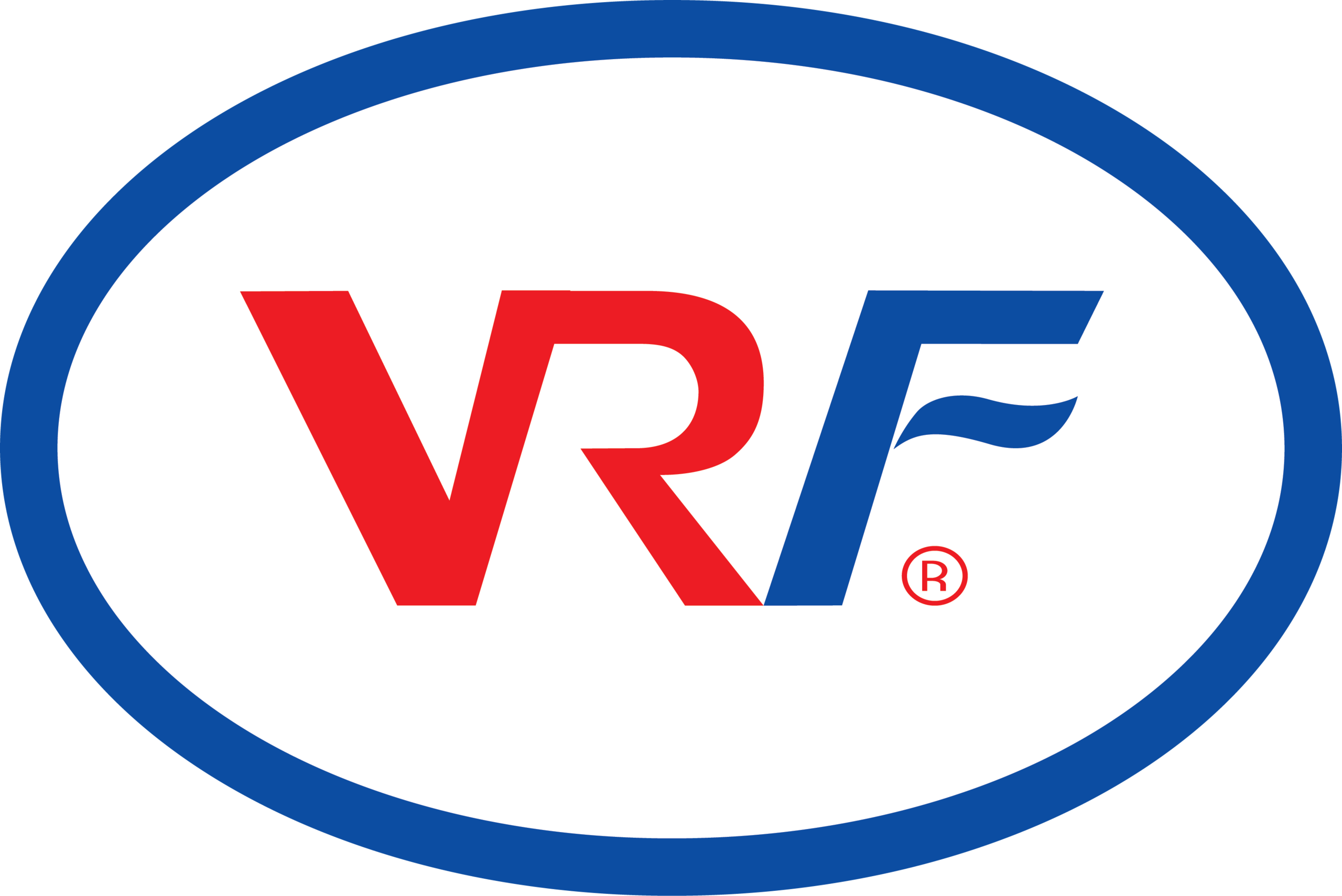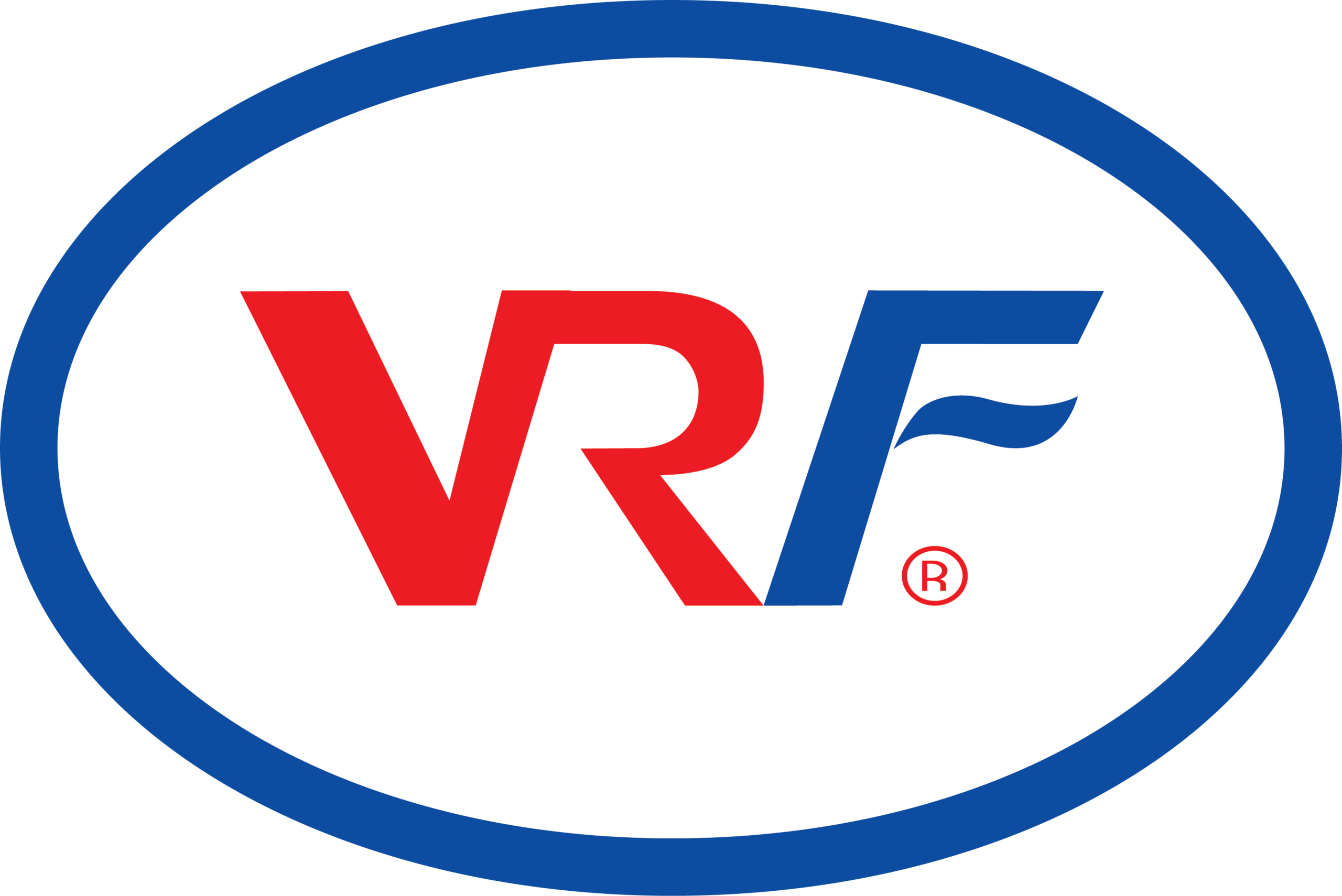The bottled air market has evolved from a niche luxury concept into a rapidly expanding industry driven by rising environmental awareness, urban pollution, and the global demand for wellness-focused products. As air quality continues to deteriorate across major cities, consumers are increasingly recognizing the value of clean, purified air—not just as a necessity but as an element of premium health and lifestyle.
The bottled air industry involves capturing clean, unpolluted air from natural environments such as mountains, coastal regions, and forests. This air is compressed and sealed in portable bottles for consumer use, particularly in regions plagued by heavy pollution or during outdoor activities requiring oxygen supplementation. The concept gained global attention as cities faced worsening smog and declining air quality, transforming bottled air from a novelty item into a lifestyle product.
The demand for bottled air continues to grow, supported by the increasing prevalence of respiratory diseases, urban smog alerts, and heightened consumer focus on personal well-being. Manufacturers are also diversifying product lines, offering flavored or oxygen-enriched variants designed to enhance both health and recreational experiences.
Bottled Air Industry: Key Growth Drivers
According to the bottled air industry analysis, several critical factors are driving this market’s robust expansion:
1. Rising Air Pollution and Health Concerns
Cities like Delhi, Beijing, and Jakarta regularly rank among the most polluted in the world. This has prompted both residents and visitors to seek immediate solutions to protect themselves from poor air quality. Bottled air provides a practical, portable way to experience cleaner air amid daily exposure to pollutants.
2. Expanding Wellness and Fitness Market
Health-conscious consumers are incorporating bottled air into their wellness routines. Spas, yoga studios, and gyms are using bottled air for relaxation and respiratory exercises. It is also gaining traction among athletes and hikers as a quick source of oxygen and freshness.
3. Tourism and Luxury Market Adoption
In countries known for their pristine environments—such as Canada, Switzerland, and New Zealand—bottled air is marketed as a premium souvenir or luxury wellness product. This segment appeals to travelers seeking unique, eco-friendly experiences that reflect sustainability and purity.
4. Technological Advancements in Air Capture
Modern bottled air production employs advanced compression systems, ensuring that the air remains fresh and uncontaminated over time. Some companies are introducing smart packaging that provides traceability, showing consumers exactly where the air was collected and how it was processed.
Regional Outlook
Asia-Pacific dominates the global bottled air industry due to high urban pollution levels and a growing middle-class population willing to invest in premium wellness products. Meanwhile, North America and Europe are witnessing strong demand within the luxury and tourism sectors, driven by lifestyle trends and health-conscious consumers.
Future Outlook
The bottled air market is expected to continue its upward trajectory, fueled by the global movement toward clean living and sustainable consumption. As consumers become more aware of the importance of air quality, the industry is projected to expand into new application areas such as healthcare, aviation, and emergency response.
By 2035, the bottled air industry could represent not only a wellness commodity but also a critical solution in regions struggling with pollution and climate change. The future lies in balancing innovation, sustainability, and accessibility—ensuring that everyone can breathe clean, high-quality air, no matter where they live.
Browse More:
Cashew Nutshell Liquid Market Size
Food Grade Cellulose Market Share
Industrial Maintenance Coatings Market Growth
Magnesium Oxide Board Market Analysis


